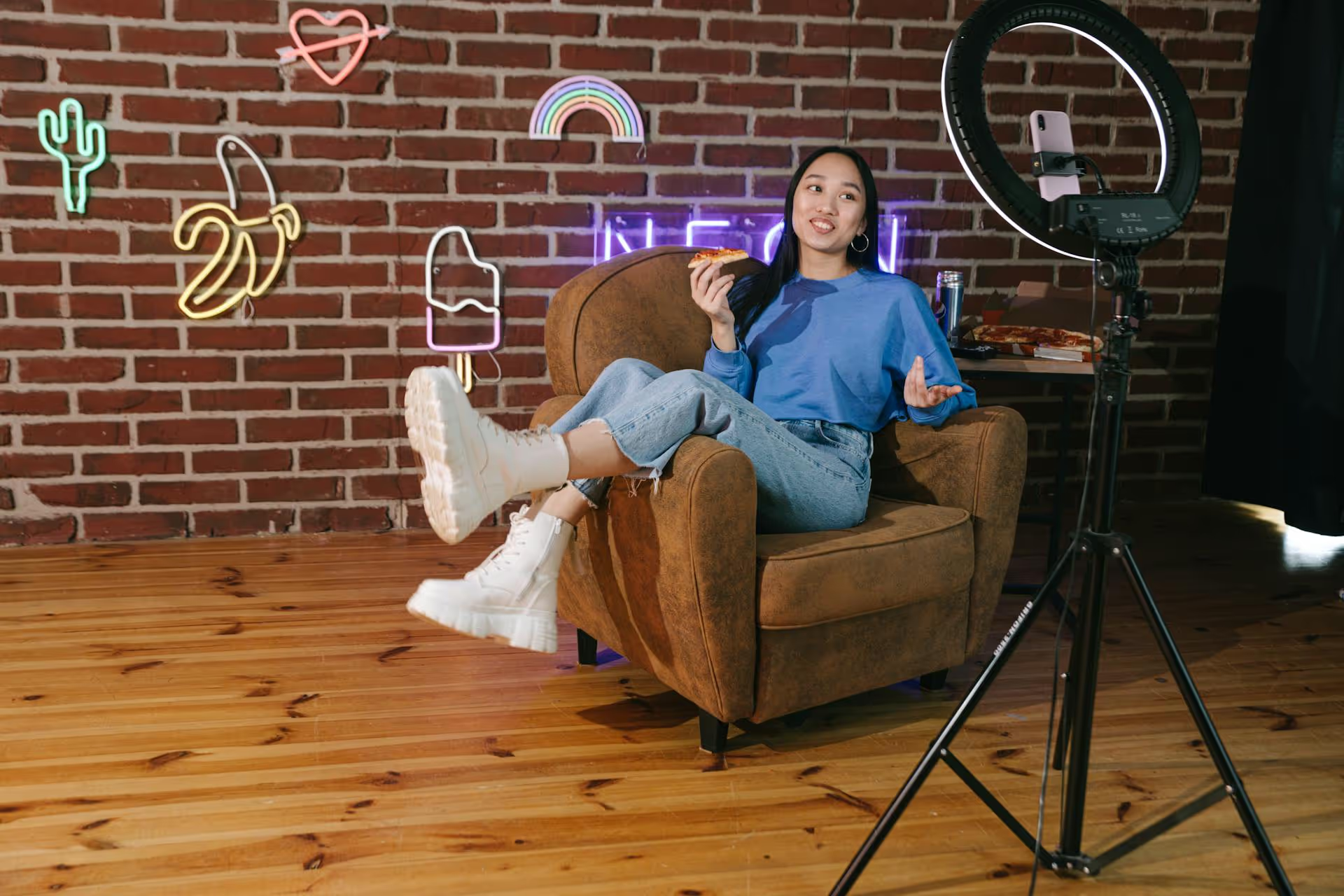How to Add Social Media Icons to an Email Signature
Enhance your email signature by adding social media icons. Discover step-by-step instructions to turn every email into a powerful marketing tool.

So you’ve captured a new lead on Facebook. Now what? Too often, businesses let that hard-won attention fizzle out, hoping a generic ad or the occasional post will be enough to convert them. To turn interested scrollers into loyal customers, you need a plan to nurture them with content that consistently builds trust and provides value right inside the Facebook app. This guide breaks down exactly how to create a lead nurturing content strategy for Facebook that guides people from their first 'like' to their final purchase.
Before creating content, you need to understand the journey your leads take. While the traditional marketing funnel can feel a bit corporate, the core idea is simple: not everyone is ready to buy right away. You need to meet them where they are with the right message. On Facebook, that journey looks something like this:
Nurturing is the process of gently guiding someone from the top of this funnel to the bottom with targeted, helpful content at each stage.
The secret to effective nurturing is to stop talking to everyone at once. You wouldn't say the same thing to a brand new acquaintance as you would to a close friend, and the same goes for your Facebook audience. Facebook’s Ad Manager offers powerful tools for segmenting your leads into these funnel stages through Custom Audiences.
Here’s how to create audiences that match your funnel:
These are broad engagement audiences. You want to connect with anyone who has shown even a small bit of interest.
Here, you're looking for stronger signals of intent. These people have taken a more significant action.
These are primo leads on the verge of converting. They’ve shown direct commercial intent.
By creating these different audiences, you can stop showing generic content and start delivering posts and ads that speak directly to what a person cares about right now.
Now that your audiences are defined, it’s time to create the content that will resonate with each segment. The tone and format should shift as leads move down the funnel.
Goal: Educate, entertain, and build brand recall. Prove you understand their world without asking for anything in return.
Goal: Build authority, demonstrate your expertise, and show how your solution works.
Goal: Overcome final objections, create urgency, and make it incredibly easy to take the next step.
Let's imagine you're a marketing consultant who offers "website audit" services. You ran a Facebook lead ad with a free PDF: "The 5-Minute Website Checklist to Increase Conversions."
Create a compelling video ad where you walk through one point from your checklist and give an extra tip not included in the PDF. The goal isn't to sell your audit yet, it's to remind them of the value you provide and get them to consume more of your content.
Create a new Custom Audience of people who watched 50% or more of your Week 1 video. Run a new ad just to this group sharing a short video testimonial from a client who got fantastic results after you audited their site. Let the client's story do the talking.
Retarget the video viewers from Week 2. This time, run an ad to a blog post titled: "3 Hidden Reasons Your Website Isn't Converting (And How to Fix Them)." By now, they trust you and are ready for a more detailed solution you can offer. Use your Meta pixel to track who visits this page.
Create a final audience of people who visited the blog post from Week 3. Show them a simple, direct ad. It could say, "Ready to find out exactly what's holding your website back? Learn more about my 1-on-1 Website Audits." This ad will only be seen by the most engaged, problem-aware leads you've nurtured over the month.
This structured approach ensures you invest your ad spend on the people most likely to convert, all while building a strong relationship along the way.
Creating effective lead nurturing content for Facebook isn’t about just shouting into the void, it's about having a conversation. By understanding your audience's journey, segmenting them properly, and delivering the right message at the right time, you can guide warm leads from initial interest to a final, confident purchase without ever feeling pushy.
We know how challenging it is to keep track of all these moving parts - planning carousels, scheduling behind-the-scenes Reels, and staying on top of comments and DMs from different nurture campaigns. That’s why we built Postbase. Our visual calendar makes it simple to map out your entire multi-week sequence at a glance, and our reliable, video-first scheduling ensures your content actually goes live when it's supposed to. It helps you manage the conversation from one place so you can focus on building relationships, not fighting with your tools.
Enhance your email signature by adding social media icons. Discover step-by-step instructions to turn every email into a powerful marketing tool.
Learn how to add your Etsy link to Pinterest and drive traffic to your shop. Discover strategies to create converting pins and turn browsers into customers.
Grant access to your Facebook Business Manager securely. Follow our step-by-step guide to add users and assign permissions without sharing your password.
Record clear audio for Instagram Reels with this guide. Learn actionable steps to create professional-sounding audio, using just your phone or upgraded gear.
Add translations to Instagram posts and connect globally. Learn manual techniques and discover Instagram's automatic translation features in this guide.
Optimize your Facebook Business Page for growth and sales with strategic tweaks. Learn to engage your community, create captivating content, and refine strategies.
Wrestling with social media? It doesn’t have to be this hard. Plan your content, schedule posts, respond to comments, and analyze performance — all in one simple, easy-to-use tool.